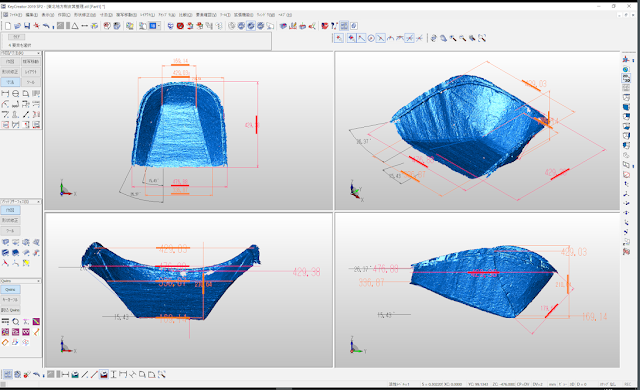越前和紙 ✖︎ 画用紙 ✖︎ 正方形箕 Echizen Washi, Traditional Japanese Paper ✖︎ Drawing Paper ✖︎ Square Winnowing Basket

包装紙として使用されている長方形状(横39㎝、幅17㎝)の越前和紙と薄手の画用紙を張り合わせて,正方形状(横25㎝、縦26.5㎝)にし,最もシンプルな紙箕を作ってみました。なぜこの越前和紙を使ったかというと,その紙の強さです。しぼり加工されたような表面の質感が興味深く,箕のイタミとしては弾性に欠けるような気もしますが,この風合いを箕型に適用したときの仕上がりが気になりましたので,手元にあった薄手の画用紙と合わせてみました。イタミの型としては,原図を必要としない正方形状のイタミを使うことにしました。 I made the simplest paper winnowing basket by pasting rectangular Echizen washi (39 centimeters long and 17 centimeters wide), used as wrapping paper, with thin drawing paper into a square (25 centimeters wide and 26.5 centimeters long). The reason why I used this Echizen washi was that it was particularly strong. I took an interest in its surface texture that felt as if it had been raised. It seemed to me that this Echizen washi was lacking in elasticity for itami, a board-shaped structure made by weaving thin bamboo sticks made of the torn outer skin of thin straight bamboo and skinned Japanese wisteria. But I wanted to see so much what finish the application of its texture to the pattern of winnowing basket would bring that I past...


